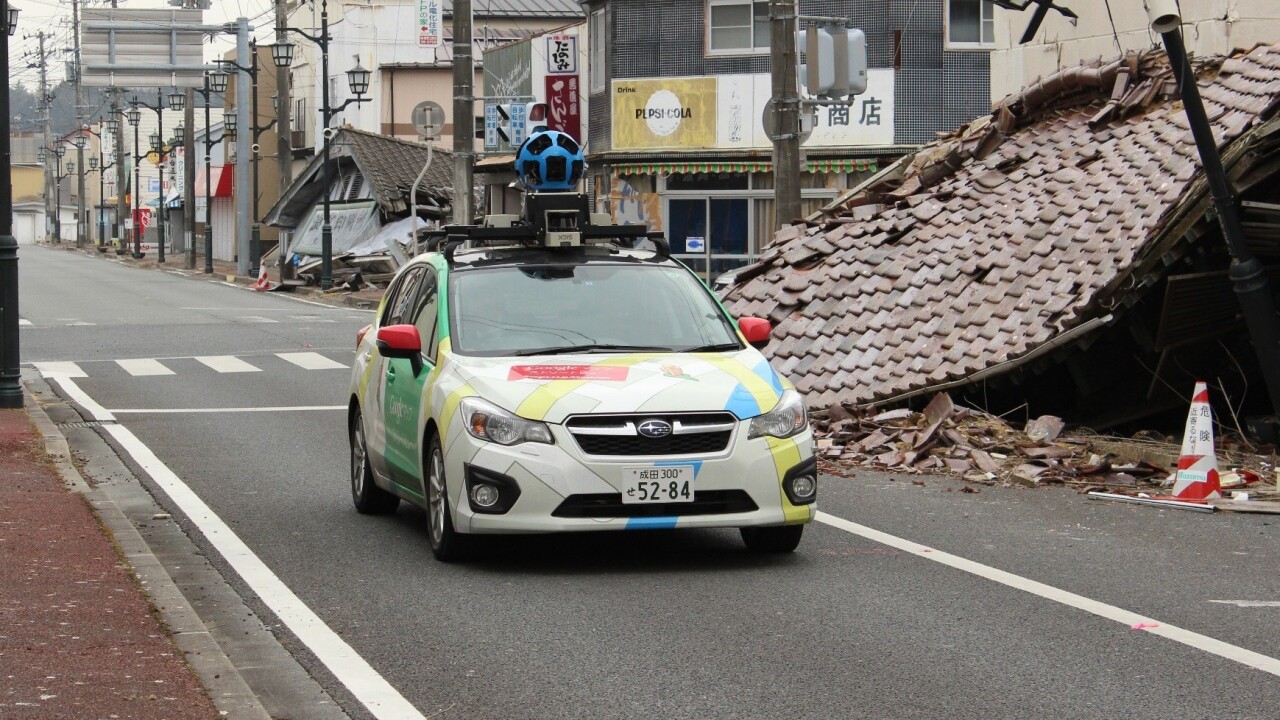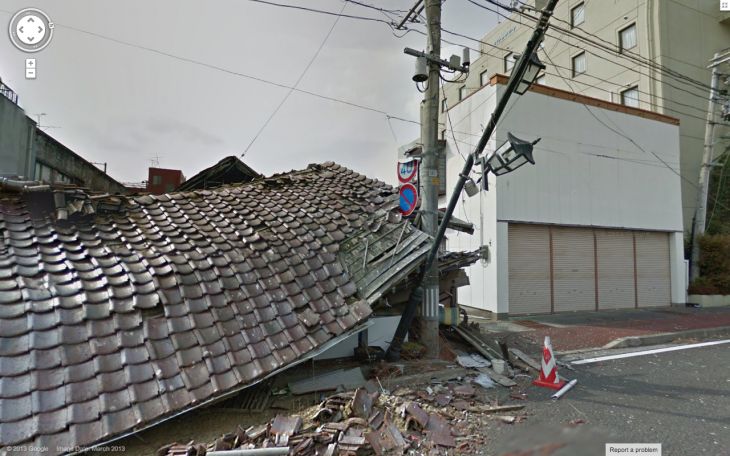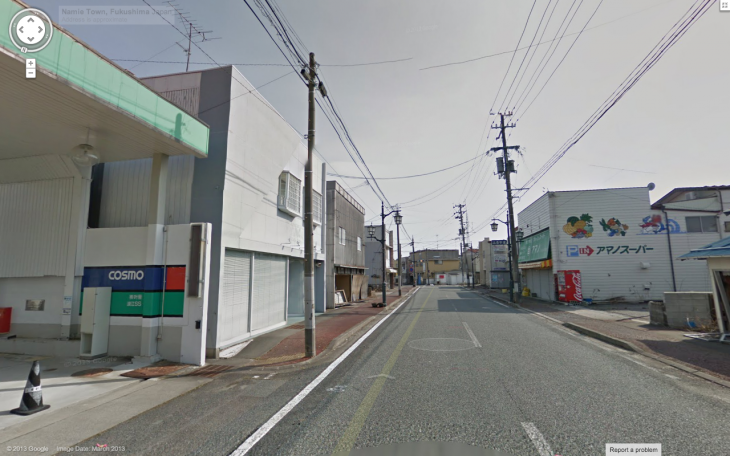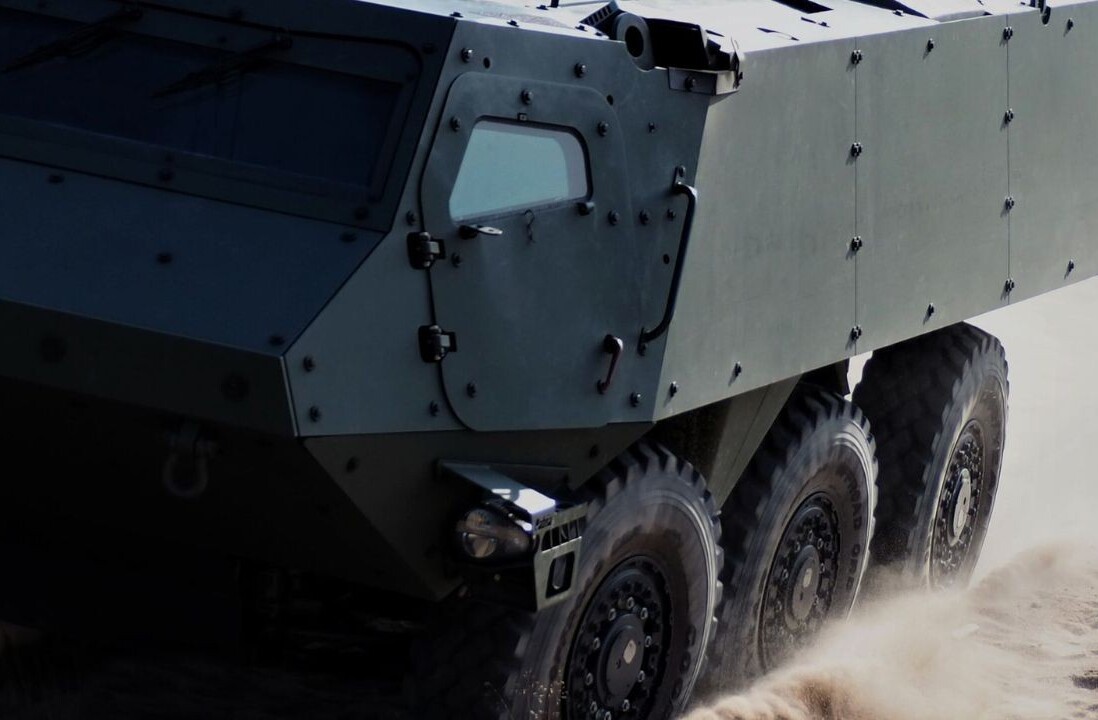
Google has added Street View imagery for Namie-machi, a small city in the Fukushima Prefecture that is now a ghost town following one of the world’s worst nuclear disasters.
The 360-degree panoramic photographs will be used to show the city’s 21,000 residents, who still cannot return, what has become of their homes. It also forms part of the “Memories for the Future” project in Japan, which has been designed to archive photographs and videos both before and after the disaster.

An 8.9 magnitude earthquake hit the North East coast of Japan in March 2011, roughly 250 miles from Tokyo. The shock waves caused most of the reactors at the Fukushima I Nuclear Power Plant to shut down, forcing backup generators to come online.
The earthquake triggered a 23-foot tsunami, however, which quickly flooded the rooms where the generators were being stored. Without the appropriate cooling water, the reactors overheated. The Japanese government ordered seawater to be used at this point, but it was too late. The reactor fuel rods began to overheat and the plant was caught in a full-blown meltdown.

Tamotsu Baba, Mayor of Namie-machi has written on the Google Japan Blog today about the impact of the Street View images.
“Ever since the March disaster, the rest of the world has been moving forward, and many places in Japan have started recovering,” he said. “But in Namie-machi time stands still. With the lingering nuclear hazard, we have only been able to do cursory work for two whole years.”
Baba hopes that the Street View imagery will become a permanent record of what happened to Namie-machi during the disaster and also successfully communicate the “tremendous gravity of the situation.”
It follows the addition of Street View images for some of the most famous mountains on earth, including Mount Everest and Kilimanjaro, as well as a much wider rollout for Bulgaria, Russia, and the UK.
Image Credit: Google
Get the TNW newsletter
Get the most important tech news in your inbox each week.





